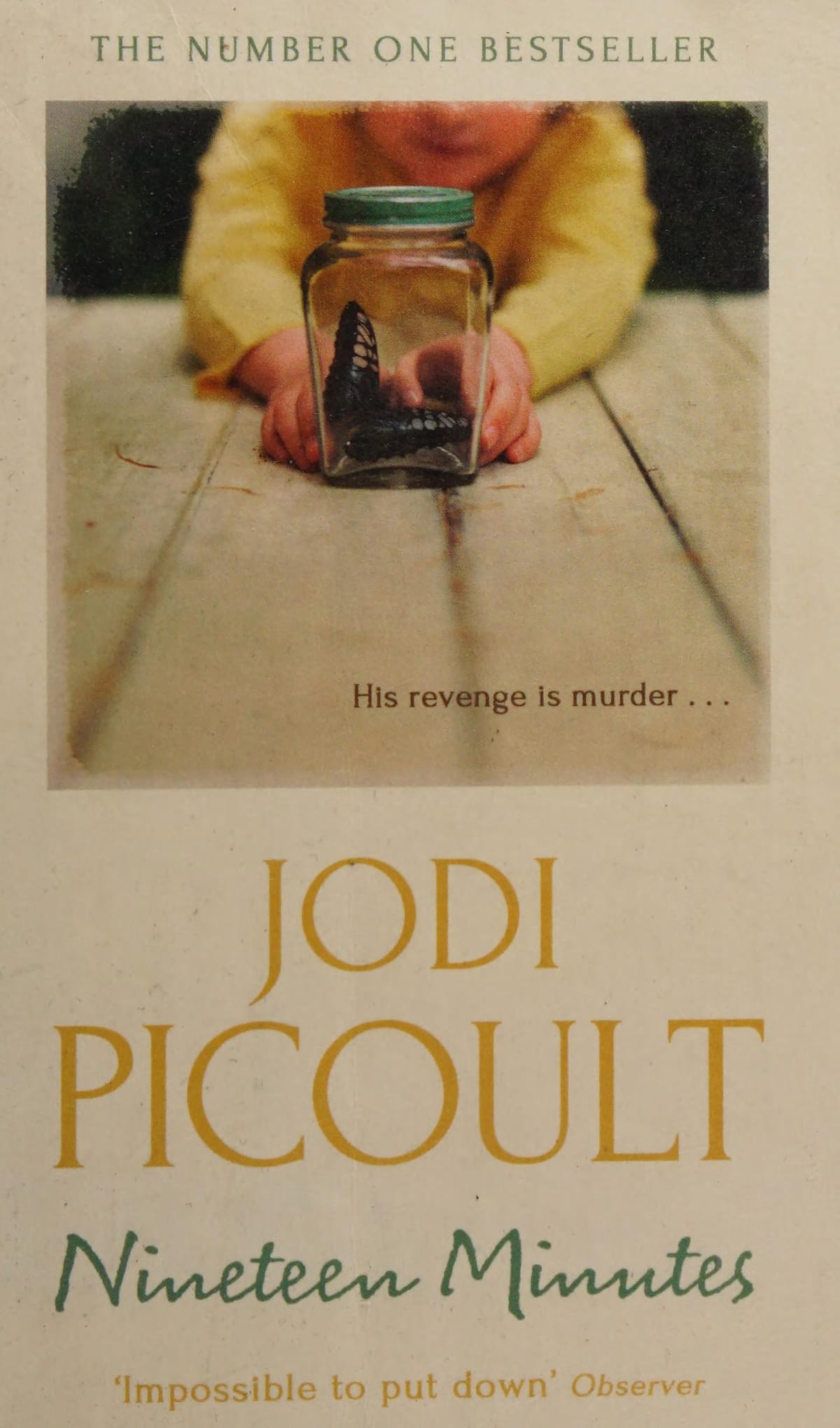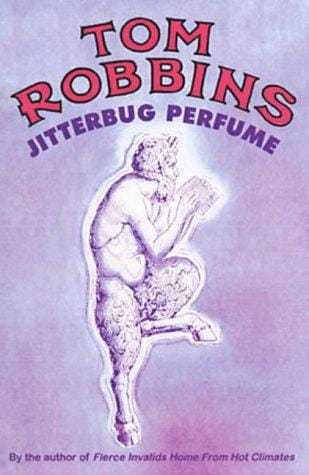Nineteen Minutes: A Deep Dive into Jodi Picoult’s Harrowing Novel
Explore Jodi Picoult's "Nineteen Minutes," a powerful novel that examines bullying, morality, and the aftermath of a school shooting.

Introduction
Jodi Picoult’s 2007 bestseller "Nineteen Minutes" remains one of the most talked-about contemporary novels dealing with the aftermath of a school shooting. While many books approach the topic from a purely sensational angle, Picoult chooses to humanize everyone involved—victims, perpetrator, parents, and community members—forcing readers to grapple with uncomfortable questions about culpability, empathy, and the social structures that breed violence. This article offers an 800-word, spoiler-aware exploration of the novel’s plot, themes, and lasting relevance for new and returning readers alike.
Plot Summary in Nineteen Minutes
The title refers to the length of time it takes Peter Houghton, a marginalized high-school student in fictional Sterling, New Hampshire, to execute a shooting spree that leaves ten classmates dead and many more wounded. The narrative oscillates between the day of the tragedy and the months before and after, gradually revealing the myriad factors that fed Peter’s rage. From systemic bullying and social ostracism to unseen domestic pressures, Picoult paints a multifaceted portrait of a young man pushed beyond his breaking point, while simultaneously chronicling the grief that engulfs the town.
The Inciting Incident
What distinguishes "Nineteen Minutes" from other novels in the genre is its choice to start not with the climax but with its ripple effect. We first see townspeople frantically searching for their children, parents crowding hospital corridors, and law enforcement piecing together fragmentary eyewitness accounts. By presenting the violence as an established fact, Picoult invites readers to focus not on the act itself, but on the complex web of events and relationships that culminated in it—thereby widening the conversation beyond simple blame.
Main Characters
Peter Houghton is at the center of the storm, yet Picoult refuses to render him a one-dimensional monster. Through flashbacks we witness years of bullying, social alienation, and the suffocating desire to fit in. Josie Cormier, a popular student and former childhood friend of Peter, provides a contrasting lens: she enjoys social privilege but silently struggles with moral conflicts and peer pressure. Add Lacy Houghton, Peter’s mother, whose loving yet oblivious parenting sows seeds of tragic disconnect, and Alex Cormier, Josie’s mother and the judge presiding over Peter’s trial—each character underscores the novel’s theme that every decision echoes far beyond its moment.
Central Themes
At its core, "Nineteen Minutes" interrogates bullying, accountability, and the fragile scaffolding of teenage identity. Picoult also critiques the media’s role in amplifying fear, the law’s inadequacy in restoring justice, and the community’s instinct to simplify complex realities. While the narrative is firmly rooted in early-2000s America, its themes reverberate in today’s digital culture of cyberbullying and rapid news cycles, making the novel feel disconcertingly current.
Bullying and Social Hierarchy
Picoult spends considerable narrative real estate illustrating how micro-aggressions accumulate. Peter’s tormentors rarely think beyond the immediate satisfaction of a cruel joke, yet each incident chips away at his self-worth. The novel suggests that bullying is not an isolated act but a collective failure—a culture sustained by those who bully, those who remain silent, and systems that look away. Readers are prompted to question their own complicity in real-world hierarchies, both online and offline.
The Fluidity of Morality
Through alternating points of view, Picoult muddies the waters of moral certainty. We empathize with grieving parents but also with Peter’s mother, who faces public scorn while mourning her son’s implosion. Even Josie, a survivor initially hailed as a hero, grapples with her own actions and inactions that may have contributed to the tragedy. By refusing to grant any character uncomplicated innocence, the novel highlights how morality exists on a sliding scale, shifting with perspective and context.
Narrative Structure and Style
Picoult employs a nonlinear timeline, legal transcripts, police interviews, and present-tense chapters to keep tension high while layering backstory. This mosaic approach mirrors the investigative process: readers assemble truth piece by piece just as law enforcement does. Stylistically, Picoult’s prose is accessible yet precise, enriched by courtroom drama that lends the story a procedural urgency. The structure underscores one of the book’s core ideas—that understanding a violent act demands more than a single straight narrative.
Why Nineteen Minutes Still Matters
More than a decade after publication, "Nineteen Minutes" remains relevant in a world where school shootings sadly persist. The novel offers educators insight into recognizing bullying, gives parents a springboard for difficult conversations, and provides policymakers with a humanized case study on how systemic blind spots can lead to catastrophe. Its continued presence on banned-book lists also sparks debates on censorship and the responsibility of literature to confront uncomfortable truths.
Final Thoughts
"Nineteen Minutes" is not an easy read, nor is it meant to be. Picoult refuses neat endings, opting instead for an honest portrayal of grief, guilt, and the slow path to healing. By illuminating the humanity of every participant in the tragedy, the novel pushes readers to move beyond reductive narratives and toward nuanced empathy. Whether you pick it up for its courtroom drama, its psychological depth, or its social commentary, "Nineteen Minutes" will linger with you long after the last page—challenging you to question how you treat others in the precious minutes that make up each day.



